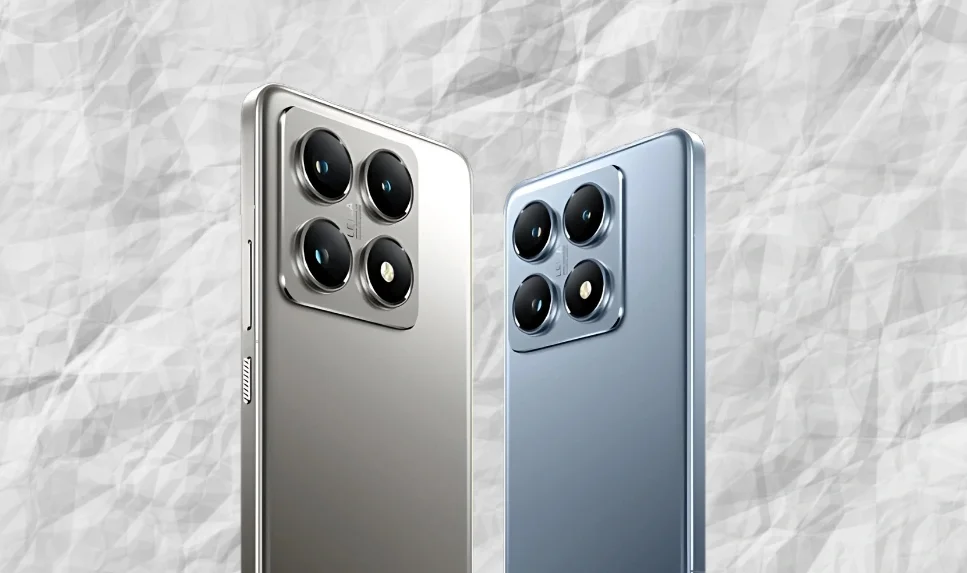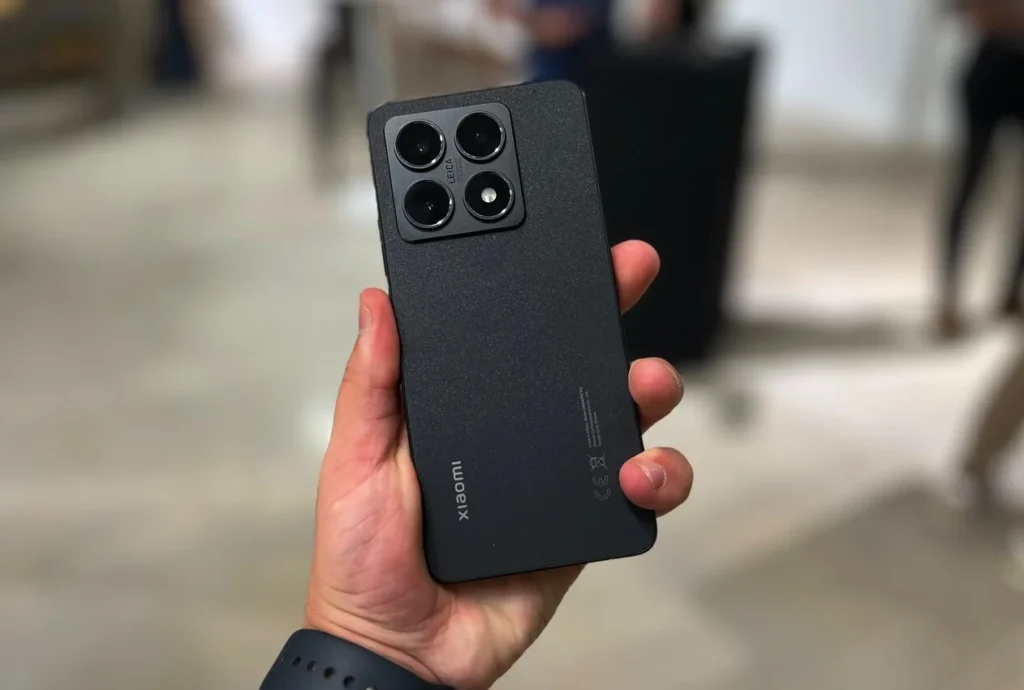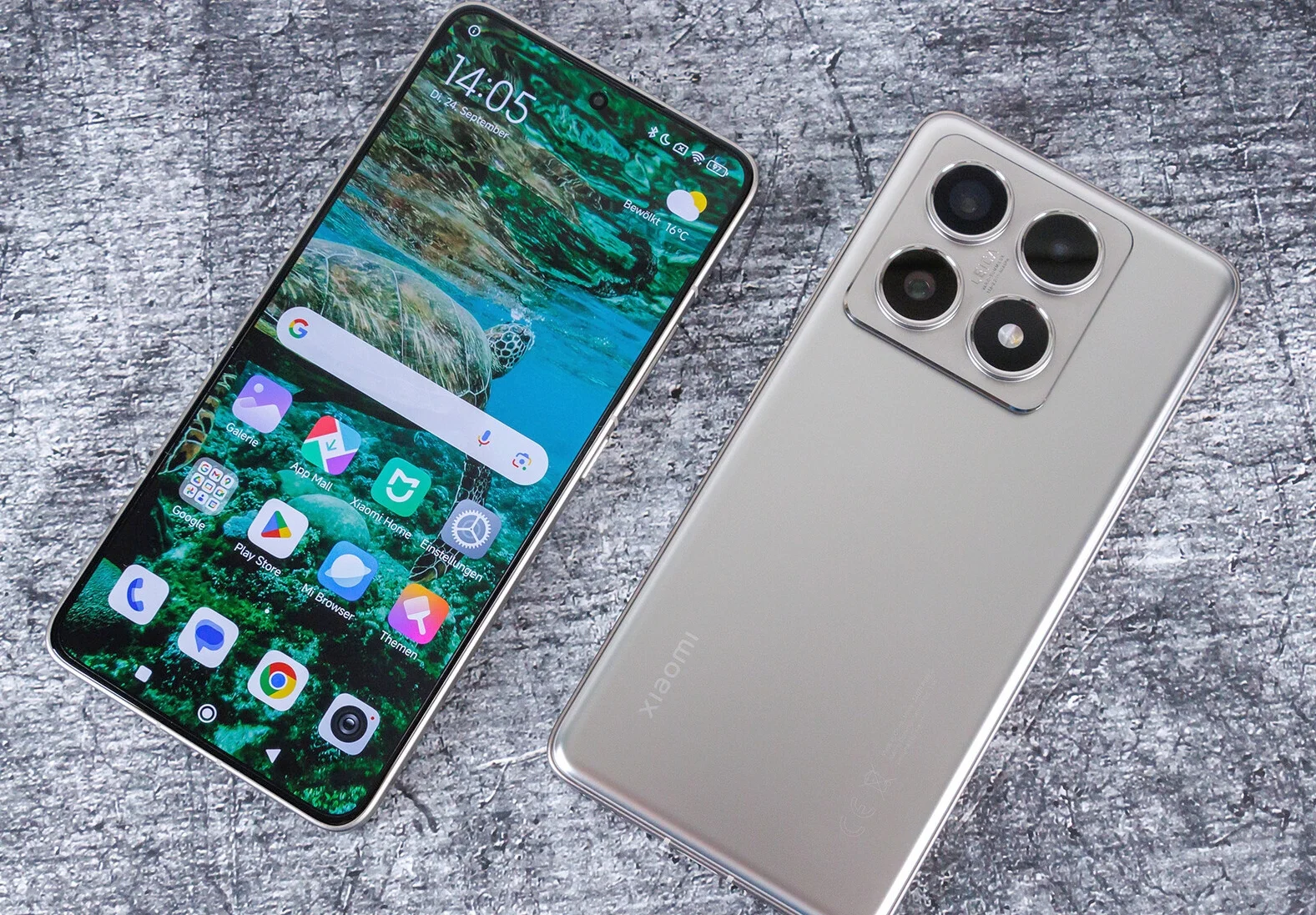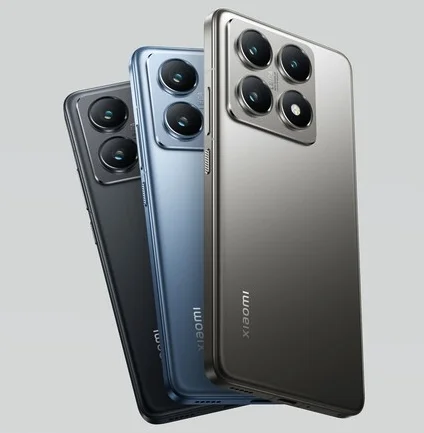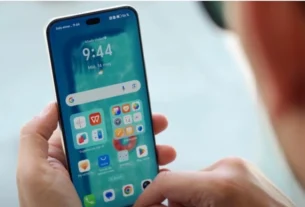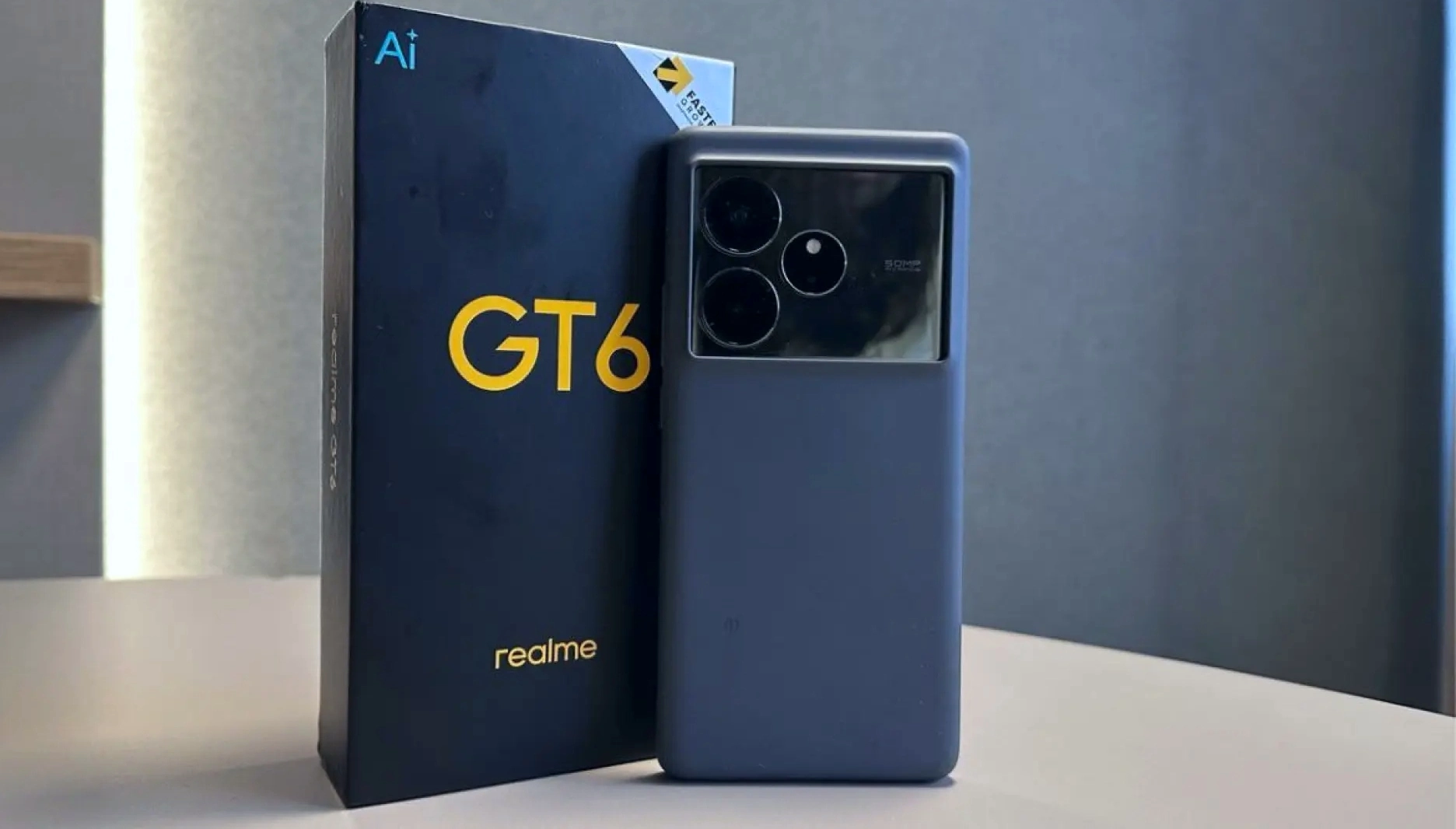I’ve tested the Xiaomi 14T Pro, the latest high-end smartphone from the Chinese brand, and it feels like a bold challenge to the premium market of 2024. Its remarkable power stands out, showcasing not just its screen but also MediaTek’s chip and Leica’s camera.
The smartphone market has bounced back in 2024 after two challenging years, and one of the brands benefiting most from this positive trend is China’s Xiaomi.
Currently ranked third in global sales, Xiaomi is one of the fastest-growing brands in the mobile market. It has taken advantage of a more favorable global economic context and is gradually closing the gap with industry leaders Samsung and Apple. In fact, by August, the Chinese manufacturer overtook iPhone sales, securing second place for the first time since 2021.
To maintain this momentum, Xiaomi has unveiled its new high-end lineup for the second half of the year: the Xiaomi 14T series, which includes a standard variant and a Pro model, alongside the Mix Flip, a clamshell-style foldable. Notably, the Mix Flip is Xiaomi’s first foldable available in Spain, as previous models were exclusive to China. The launch also includes other ecosystem products.
The Xiaomi 14T Pro is now available in Spain with a starting price of €799, making it a strong contender for those seeking a high-end smartphone without exceeding the €1,000 threshold.
Over the past week, I’ve had the chance to test the flagship’s most powerful model, the Xiaomi 14T Pro. Without giving too much away, I can confidently say that this phone successfully carries the legacy of the T series and the impressive 13T Pro. It emerges as one of the best value-for-money high-end devices while holding its own against the most expensive smartphones of 2024.
Design and Connectivity: Embracing the Titanium Trend with Elegance and Subtlety
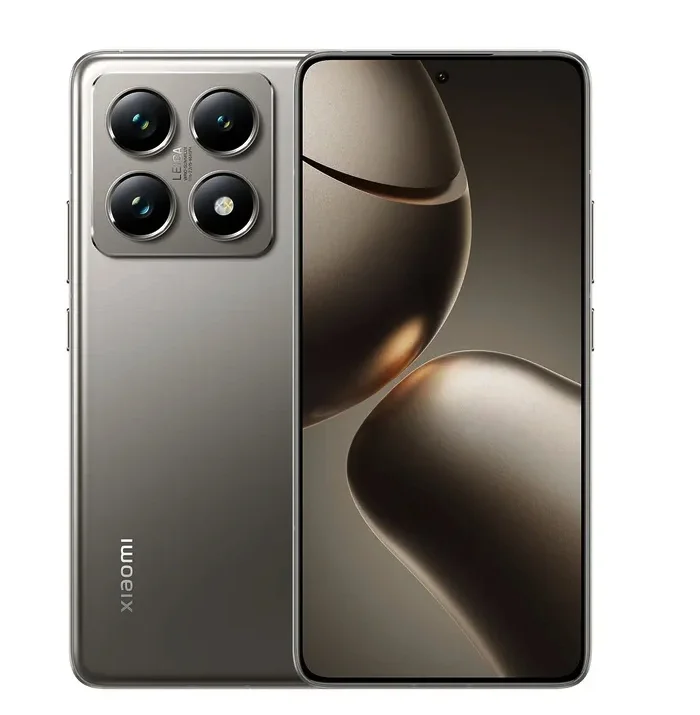
When Apple introduced the iPhone 15 Pro last year with a titanium design, many of us expected it would set a trend—and it has. Titanium has become one of the most common materials in high-end smartphones over the past year, and Xiaomi didn’t want to miss out.
The Xiaomi 14T Pro boasts a fully metallic titanium design, covering both its frame and back. I particularly enjoyed the metallic ochre hue of the “Titanium Gray” version I tested, though two other options—blue and black—are also available, featuring titanium with tinted finishes.
Titanium offers a durable feel, making the device highly resistant to drops. It comes with an IP68 rating for water and dust resistance and improved flexural strength. However, after a week of use, I noticed minor scratches on the back, likely from contact with keys or other devices, proving it’s not indestructible.
In-hand, the Xiaomi 14T Pro is incredibly comfortable. While it features flat edges like many high-end phones, Xiaomi added a slight curve to the back, enhancing grip and disguising its thickness, which measures a substantial 8.39 mm.
Although I didn’t experience it myself, some users find the device slightly slippery—a trait that likely stems from its weight, a solid 209 grams. Of course, this won’t be an issue if you use a case, as most people do.
The phone’s design leans toward minimalism, a decision I appreciate. That said, from a distance, it might not stand out much compared to more affordable models. However, its premium quality becomes evident when you hold it.
The device features just two buttons on the right side: a power button with a textured finish for comfort and a volume rocker. It’s refreshing that not all brands have jumped on the excessive button bandwagon of the iPhone 16 series. Still, I wasn’t impressed by the buttons on my test unit, as they felt slightly loose, detracting from the premium experience.
The camera module is among the most understated in the high-end market in 2024. It features four circular elements arranged in a square—three cameras and a flash—within a module that matches the back’s color. Without the Leica branding, which hints at its premium status, the module could easily be mistaken for a mid-range design.
Although the camera doesn’t protrude excessively, the phone still wobbles slightly when placed on flat surfaces, as its internal components are undeniably high-end.
Elsewhere, simplicity prevails. The dual-SIM tray is located on the bottom. In terms of connectivity, the Xiaomi 14T Pro offers the best technology currently available, including 5G, Wi-Fi 7, and Bluetooth 5.4. It also supports NFC for mobile payments, ensuring a seamless experience.

